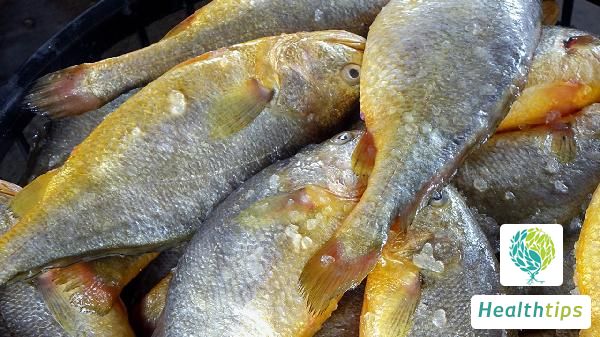"Why Is My Child Experiencing Pain Behind the Knee?"
The Leg Fossa, also known as the Popliteal Fossa, resides at the posterior aspect of the knee and possesses a rich network of blood vessels and nerves, predisposing it to the manifestation of Popliteal Cyst symptoms. In children, discomfort in the Leg Fossa may stem from Popliteal Cyst, intense physical exertion leading to synovitis, or soft tissue trauma within the knee joint.

Diagnosis Approach for Children's Leg Fossa Pain
Firstly, a thorough evaluation is imperative, considering the child's overall health, lower limb mobility, and any history of upper respiratory infections. The primary suspect is Popliteal Cyst, characterized by palpable protrusions on the Popliteal Fossa's surface, asymmetry between bilateral fossae, and confirmation via Popliteal Fossa ultrasonography. Additionally, synovitis resulting from excessive physical activity and a history of upper respiratory infections, which can induce knee joint effusion, should be considered and verified through knee joint magnetic resonance imaging. Lastly, the exclusion of trauma-induced soft tissue damage within the knee joint, such as meniscus injury pain, is crucial.
Management of Popliteal Cyst
Popliteal Cyst involves the enlargement of the deep synovial cyst within the Popliteal Fossa or the posterior protrusion of the knee joint's synovial cyst. It presents as knee posterior pain and swelling, accompanied by a palpable elastic soft tissue mass. Treatment strategies for Popliteal Cyst vary with age, exhibiting distinct differences between children and adults. In children, as the cyst often lacks communication with the articular cavity and rarely merges with intra-articular lesions, spontaneous resolution is common. Thus, initial management may involve observation and regular follow-up. Conversely, adult Popliteal Cyst frequently coexists with intra-articular lesions, necessitating alternative treatment approaches.



















